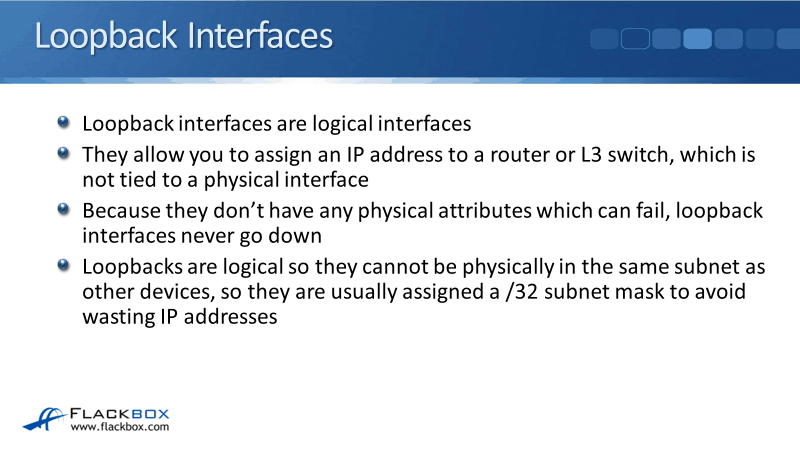

For IPV4 Linux have ping and for IPv6 it has ping6 commands. We can use the ping command to check if loopback addresses are active.

#Ipv4 loopback address how to
::1 localhost localhost.localdomain localhost6 localhost6.localdomain6 How to check if loopback addresses are working? #vim /etc/hostsġ27.0.0.1 localhost localhost.localdomain localhost4 localhost4.localdomain4 TX errors 0 dropped 0 overruns 0 carrier 0 collisions 0Ĭheck associated domain names. In the output, you can see a “lo” interface. There is a command ( ifconfig) in Linux, which you can use along with the option “-a”, to display the interfaces. In this tutorial, we are using Linux operating system to demonstrate the example. In an operating system, there are commands and utilities to list the IP addresses. How to check the loopback address and associated domain names?
#Ipv4 loopback address software
This is a software interface that does not have any associated network hardware. What are the loopback addresses for IPv4 and IPv6?Īn operating system has a loopback interface named “ lo”. Each address is 16 bytes long, so a total of 2^128 are possible addresses with the IPv6 address scheme. IPv6 is a newer version with a much larger IP address space. At the start of the internet, the number looks pretty good to hold the IP addresses of all devices worldwide.īut this range will not be sufficient as the number of devices increasing day by day, mainly after the Internet Of Things (IoT) came into the picture. You can have a maximum of 0xFFFFFFFF number of values. IPv4 is the older version, where each address value is four bytes long.

The IPv4 and IPv6 are the versions of the network addresses. With private Saas, the servers running the software are dedicated to a single customer which provides the isolation and extra security required when dealing with sensitive information.If a network client program sends a packet to the loopback address, the operating system routes the packet back to the userspace. With public Saas, multiple customers (usually companies) share the same servers running the software.

There are two types of SaaS: public and private.
#Ipv4 loopback address install
Examples of Saas include Microsoft Office 365, Microsoft Exchange Online, Microsoft Lync Online etc.Īdvantages of Saas include ease of administration: no need to install and configure local servers, no need to configure backups, no need to keep the software patched, no need to worry about system recovery, lower costs: saving on the purchase of server hardware and software with SaaS, you lease the service paying either monthly or yearly and compatibility by ensuring that all users are using the same version of software. This is a cloud model whereby a service provider provides a software service and makes the service available to customers over the Internet.


 0 kommentar(er)
0 kommentar(er)
